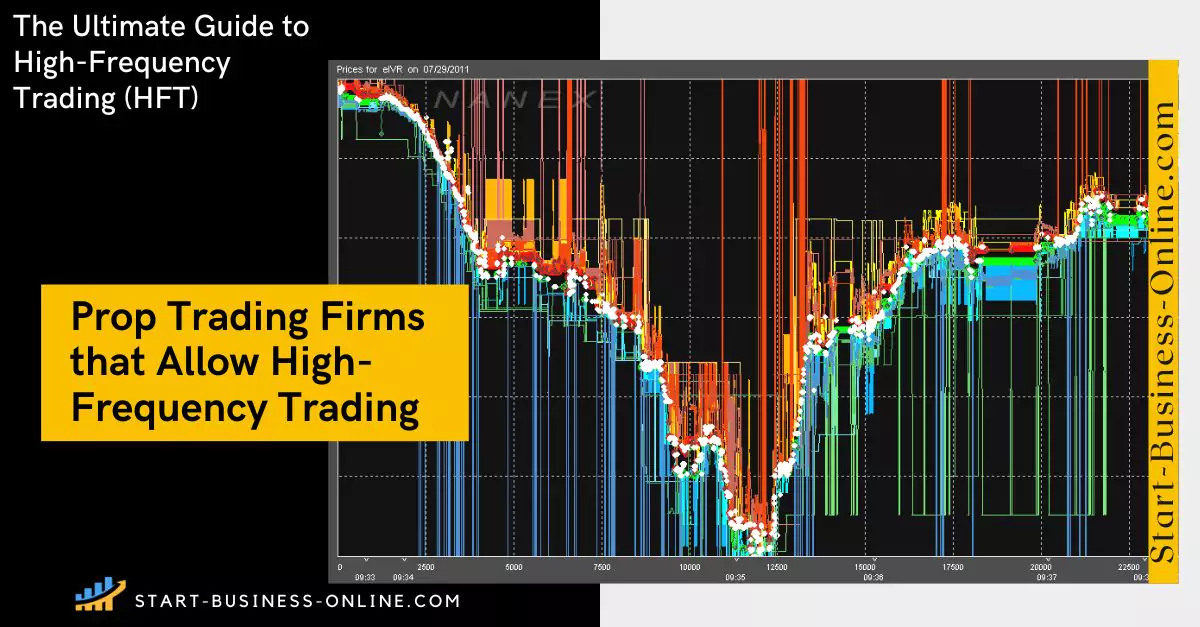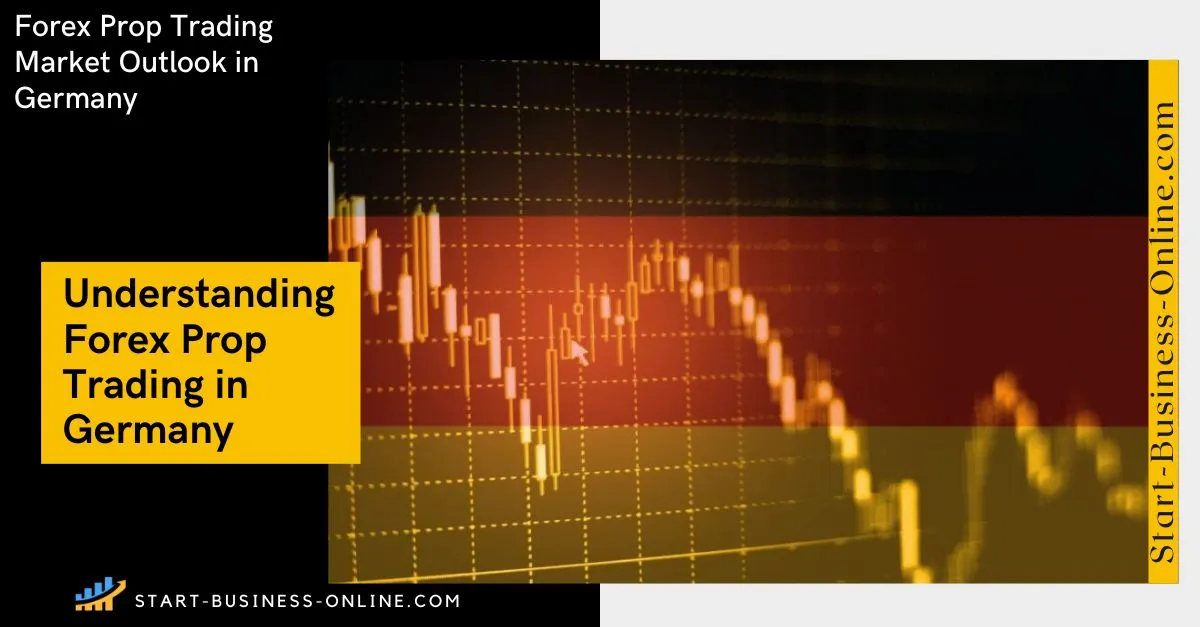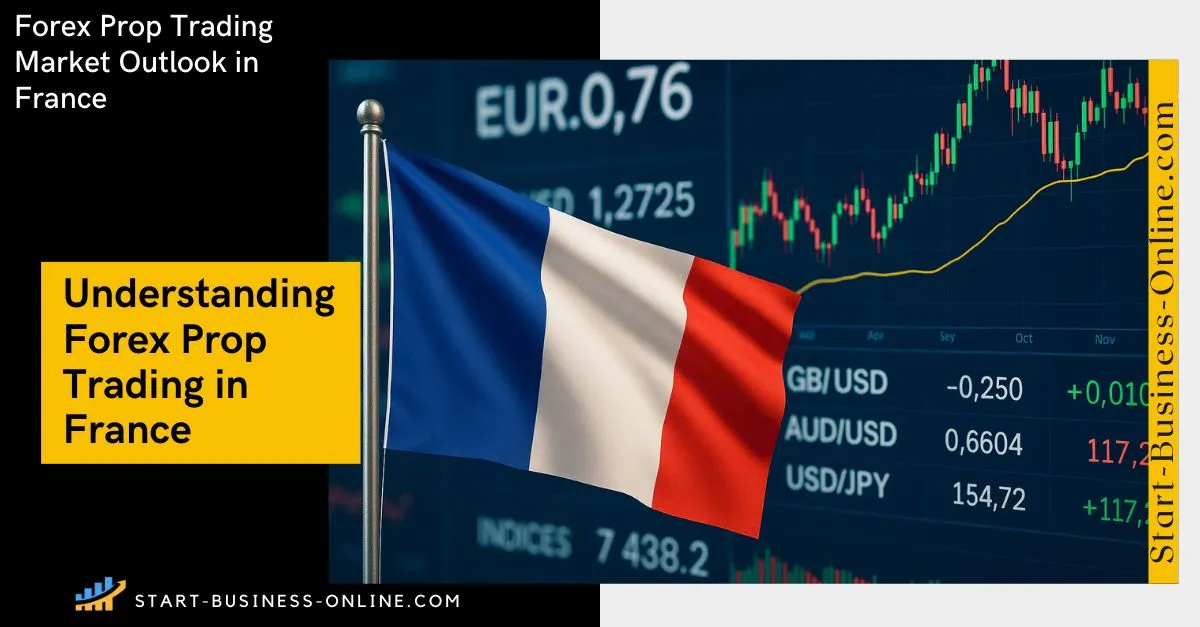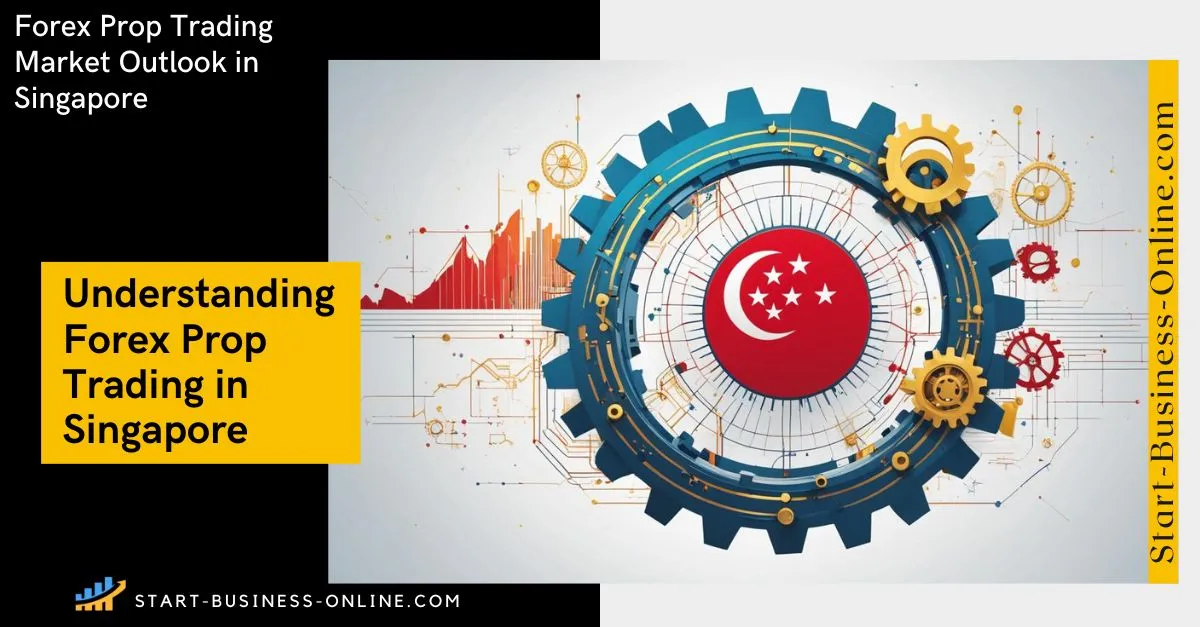Riding the Lightning: Unveiling the Thrills and Spills of High-Frequency Trading
High-Frequency Trading (HFT), an intriguing and somewhat contentious trading style, offers traders a plethora of options within the vast landscape of financial markets. While you may have encountered the term in passing, delving deeper into the realm of HFT can be an enlightening experience. So, let's embark on a journey to unravel the intricacies of high-frequency trading, exploring its definition, potential suitability, and the distinct advantages and disadvantages it entails.
High-frequency trading, commonly abbreviated as HFT, is a trading methodology that revolves around the utilization of cutting-edge algorithms and lightning-fast connectivity to execute rapid trades, often within fractions of a second. This practice predominantly relies on proprietary tools and computer programs, adept at meticulously scrutinizing market data, detecting emerging trends, and executing trades with a laser-like focus on achieving momentary gains. In this article, we shall delve into the distinctive features of high-frequency trading, and its multifaceted strategies, weigh its pros and cons, and offer real-world examples showcasing the profound impact it has had on financial markets.
At its core, high-frequency trading harnesses the prowess of proprietary computer algorithms and state-of-the-art, often proprietary, connectivity solutions. These formidable tools facilitate the rapid analysis of securities, allowing for the swift identification of fleeting opportunities, which are then leveraged to execute trades aimed at securing exceedingly short-term profits.
The term "high frequency" encapsulates the astounding speed at which these trades transpire. In the dynamic world of high-frequency trading, transactions are executed in mere minutes, seconds, and even milliseconds! But why the rush? The answer lies in the sophisticated algorithms employed by high-frequency traders. These algorithms sift through an array of data sources with remarkable precision, enabling them to discern profitable price patterns in the blink of an eye.
High-frequency trading has experienced exponential growth in recent years, primarily due to advancements in technology that have democratized access to this arena. As computers have become increasingly sophisticated, and innovations like fiber-optic cables have emerged, a growing number of traders have gained the ability to exploit market trends that materialize and vanish within fractions of a second. In a nutshell, high-frequency trading is a fascinating and highly dynamic facet of the financial world, leveraging advanced technology to execute trades at mind-boggling speeds.
Its evolution mirrors the relentless progress of modern technology, ushering in an era where milliseconds can make the difference between profit and loss. However, whether HFT is the right strategy for you is a complex question, one that warrants a comprehensive exploration of its nuances and implications in the fast-paced realm of finance.
The Mechanics of High-Frequency Trading
High-frequency trading is characterized by a set of distinctive features and strategies that set it apart. This dynamic trading approach:
- Leverages Lightning-Fast Computer Programs: At its core, high-frequency trading relies on cutting-edge, ultra-high-speed computer programs. These programs are designed not just to generate orders but to efficiently route and execute them with lightning speed.
- Utilizes Co-Location Services and Individual Data Feeds: To gain a competitive edge, high-frequency traders often employ co-location services and tap into individual data feeds provided by stock exchanges. This strategic move significantly reduces latency, ensuring that traders can seize fleeting opportunities in the blink of an eye.
- Operates within Microscopic Timeframes: High-frequency trading is all about rapid decision-making. Traders engage in lightning-fast maneuvers, both in establishing and liquidating positions. Computers play a pivotal role in this process, churning out a multitude of orders, many of which are swiftly canceled shortly after submission.
- Avoids Overnight Exposure: Unlike traditional trading strategies, high-frequency trading doesn't leave traders with substantial, unhedged positions lingering overnight. The primary objective is to minimize exposure and maintain a nearly flat position at the close of each trading day.
In essence, high-frequency trading is a finely tuned symphony of technology and strategy, where split-second decisions and minimized latency are the keys to success in the fast-paced world of finance.
Diverse High-Frequency Trading Strategies Unveiled
Within the realm of high-frequency trading (HFT), traders employ an array of strategies that share the common characteristic of engaging in quantitative trades with exceedingly brief stock-holding periods. While these strategies share similarities, each possesses its own unique nuances. Here, we delve into some of the most prevalent HFT strategies, which encompass various forms of market-making and arbitrage.
- Market Making: Market makers play a pivotal role in HFT by strategically placing limit offers to sell or buy limit orders to capture the bid-ask spread. Their modus operandi involves setting sell prices marginally above prevailing market rates and buy prices slightly below. In doing so, they pocket the differential between these prices. Acting as counterparties for incoming market orders, market makers thrive on the bid-ask spread, earning fractions of a cent for each trade. When multiplied across millions of trades, these fractions add up to substantial profits. Moreover, they provide liquidity to exchanges and Electronic Communications Networks, earning compensation for this crucial role.
- Statistical Arbitrage: Statistical arbitrage hinges on identifying temporary price disparities across different exchanges or asset classes. High-frequency traders capitalize on these brief discrepancies, turning a profit due to the rapid pace of their trading activities.
- Event Arbitrage: Event arbitrage is akin to statistical arbitrage, yet it focuses on leveraging recurring events to forecast short-term market responses. High-frequency traders adeptly utilize these events to tap into predictable patterns and generate swift profits.
- Latency Arbitrage: In the world of HFT, latency is a precious commodity. Latency arbitrage revolves around minimizing transaction time delays to gain a competitive edge. Traders rely on ultra-speedy networks, often transitioning from fiber optic to microwave technology for long-distance networking. Microwaves, with their minimal speed degradation in air, offer fractions-of-a-second advantages over traditional fiber optic connections.
- Slow-Market Arbitrage: Leveraging fast connections, slow-market arbitrage exploits variations in data speeds among different exchanges. Since exchanges don't operate at identical speeds, price differentials often emerge, particularly in foreign markets. However, this strategy has evolved into intense competition, with hedge funds investing millions in high-speed connections to secure a millisecond's edge.
- Dark-Pool Arbitrage: HFT firms deploy dark-pool arbitrage to profit from disparities between exchange prices and dark pools—private exchanges inaccessible to public investors. Dark pools typically do not immediately disclose prices, creating exploitable price differentials that high-frequency traders can seize.
- Rebate Arbitrage: This strategy capitalizes on variations in exchange rules concerning rebates. Some exchanges provide rebates to buyers while charging fees to sellers, while others offer rebates to sellers and levy fees on buyers. HFT firms navigate this intricate landscape by purchasing stocks from an exchange offering rebates to buyers and swiftly selling them at the same price to another exchange extending rebates to sellers. While rebate amounts are typically small, their cumulative impact becomes significant when dealing with substantial stock volumes.
In the labyrinthine world of high-frequency trading, these diverse strategies constitute the tools of the trade, each finely tuned to seize fleeting opportunities and harness the power of split-second decision-making.
Advantages of High-Frequency Trading
High-frequency trading (HFT) offers several advantages to investors, making it an appealing strategy in the world of finance:
- Swift Profit Generation: High-frequency trading enables investors to capitalize on rapid price fluctuations by executing a multitude of trades within a short time frame. Even minor price fluctuations can translate into substantial profits, thanks to the bid-ask spreads.
- Expanded Opportunities: With the aid of powerful computers and sophisticated software, high-frequency traders can simultaneously scan and analyze multiple markets. This capability empowers investors to pinpoint arbitrage opportunities, profiting from price disparities by buying on one exchange and swiftly selling on another.
- Enhanced Market Liquidity: High-frequency trading contributes to increased liquidity within financial markets. As HFT fosters greater competition and higher trading volumes, it narrows bid-ask spreads, leading to more efficient pricing. This heightened liquidity promotes market transparency, flexibility, and reduced risk for other investors.
- Reduced Human Error: High-frequency trading excels in minimizing the impact of human error. Unlike traditional trading, where human judgment and execution can lead to mistakes or untimely market entries and exits, HFT relies on automated algorithms capable of executing a high volume of orders at lightning speed.
Drawbacks of High-Frequency Trading
However, high-frequency trading also presents notable drawbacks and concerns:
- Lack of Regulation: High-frequency trading operates on intricate algorithms and software that can be challenging to monitor and regulate effectively. Additionally, there is a lack of consensus among scholars and finance professionals, rendering HFT a controversial and somewhat unregulated domain.
- Human Replacement: Critics argue that HFT has led to the displacement of numerous brokers and dealers, as it relies heavily on software and algorithms. They contend that investing often necessitates human intelligence, and relying solely on data and automation may not encompass a comprehensive trading strategy.
- One-Sided Profits: High-frequency trading typically requires substantial infrastructure and resources, making it accessible primarily to large corporations. This accessibility gap can result in a situation where profits accrue predominantly to institutional investors at the expense of retail investors. This phenomenon has led to the term "Ghost liquidity," as it creates the perception of liquidity without benefiting smaller, individual investors.
In short, high-frequency trading offers the allure of swift profits, expanded opportunities, and improved market liquidity. However, it also raises concerns related to regulation, the displacement of human professionals, and unequal profit distribution, underscoring the need for a balanced evaluation of its impact on the financial markets.
The Market Impact of High-Frequency Trading
While most High-Frequency Trading (HFT) firms primarily compete amongst themselves rather than with buy-and-hold investors, the influence of high-frequency trading on financial markets has been significant, often playing a pivotal role in some of the most notable market upheavals spanning the past four decades.
- Black Monday (1987): One of the most iconic and catastrophic market events, the "Black Monday" stock market crash in 1987, stands out in financial history. This event witnessed the Dow Jones Industrial Average plummeting by an unprecedented 22.6% in a single day, marking the largest one-day percentage loss in history. As is typical with market crashes, multiple factors contributed to the turmoil. Nevertheless, it is widely acknowledged that algorithmic trading, a precursor to high-frequency trading, played a pivotal role in the rapid and massive sell-off that characterized this historic downturn.
- Flash Crash (2010): Another instance of market turmoil linked to high-frequency trading occurred in 2010 during the infamous "flash crash." In a matter of minutes, this event erased nearly $1 trillion in market value from investor portfolios. The Dow Jones Industrial Average shed nearly 1,000 points in just 10 minutes, albeit making a partial recovery of about 600 points within the subsequent half-hour. A joint report from the Securities and Exchange Commission (SEC) and the Commodity Futures Trading Commission (CFTC) highlighted the exacerbation of negative market trends by aggressive high-frequency algorithms, triggering a massive sell-off.
Differing opinions persist regarding whether high-frequency trading ultimately benefits or harms market performance. Regardless of the stance on this matter, prudent investors recognize the challenges of attempting to time market trends. For the average investor, a long-term buy-and-hold strategy tends to outperform strategies built around the rapid pace of technology-driven trading. In navigating the complex landscape of financial markets, it is essential to strike a balance between the allure of short-term gains and the stability offered by a well-considered, long-term investment approach.
In summary, high-frequency trading has left an indelible mark on financial markets, occasionally contributing to market turmoil and raising questions about its impact on overall market stability. The ongoing debate surrounding its benefits and drawbacks underscores the importance of adopting a thoughtful and diversified investment strategy tailored to one's specific financial goals and risk tolerance.
Prop Trading Firms that Allow High-Frequency Trading

| Prop Firm | Prop firms Allowing High-Frequency Trading |
|---|---|
| FunderPro | |
| FunderPro Futures | |
| Bullwaves Prime | |
| NeomAAA Funds | |
| Hola Prime | |
| ThinkCapital |
In Conclusion
The world of trading has experienced a profound transformation in recent years, with the emergence of high-frequency trading (HFT) fundamentally reshaping the landscape for traders, investors, and corporations alike. For high-frequency traders, the essence of the game is speed. The ability to swiftly enter and exit the market is paramount, enabling them to make their next strategic move before others even register what has transpired. High-frequency trading places a premium on trading volume rather than time, with trades executed at speeds that often span less than a fraction of a second.
However, it's important to recognize that high-frequency trading represents one of the most intricate and demanding trading methodologies. Success in this arena hinges on a profound understanding of computing and algorithmic intricacies, demanding a high level of expertise and knowledge in these domains.
In navigating the dynamic landscape of modern trading, the advent of high-frequency trading underscores the importance of adaptability and staying at the forefront of technological advancements to remain competitive and agile in the pursuit of financial objectives.
FAQs on Leverage in High-Frequency Trading (HFT)
Short answer is No. While FTMO does not explicitly prohibit the use of HFT strategies, they do have strict rules and guidelines for traders with that trading strategy.
The short answer is Yes, but there are some key considerations since HFT profitability can be influenced by market volatility, liquidity, and the presence of trading opportunities.





